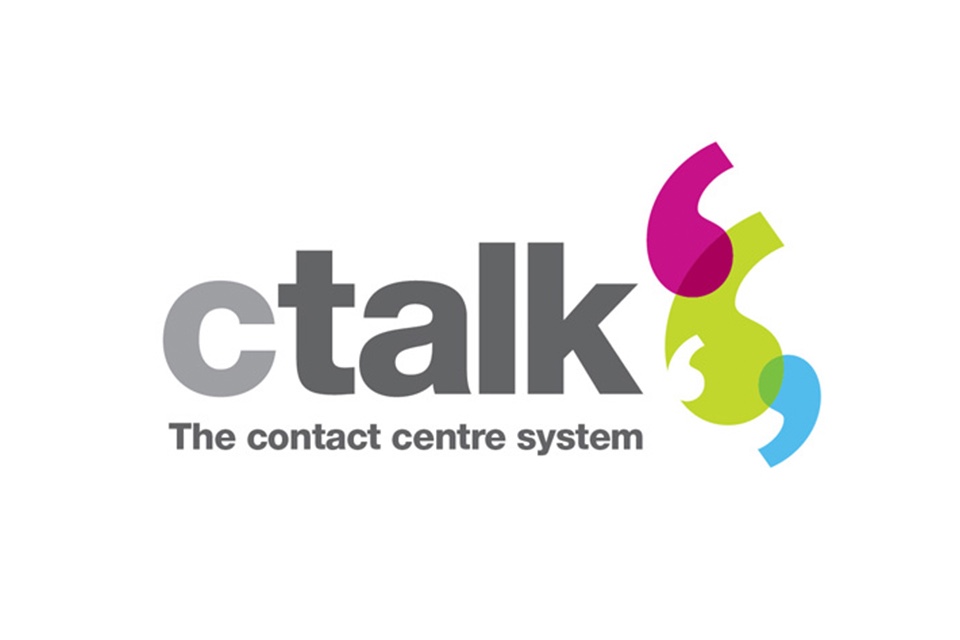This article was originally published in The Good CX Guide, an e-book on the topic of caller experience best practice. To download the guide, packed with practical advice for contact centre professionals, please click here.
A personalised caller experience allows customers to interact with you in a way that suits them, that allows them to feel unique and special, in a way that’s specific to their needs. This is even more important when those needs are more complex. Considering your more vulnerable callers, how are their needs met? Are they afforded the same opportunity and treatment as all your callers, or are they met with a more dedicated approach appropriate to their specific need?
Ofcom’s ‘Guide to Treating Vulnerable Customers Fairly’ says: “We want vulnerable people to receive a high level of customer care to help them to manage their communications services effectively”. The rules to support this came into place in October 2018 making fair treatment of vulnerable customers a legal requirement, and failure comes with a hefty price tag (Ofcom 2019) costing some businesses millions of pounds.
When you consider improving your customer service for vulnerable or priority callers, it’s important to show that you’ve considered their additional needs, and that you recognise them as the individuals that they are. It’s important to give the customer the feeling that they’re in control, almost as if you’ve built your business around them. After all: “You can tell the customer they’re always right, but it’s so much better to show them they are.” (Playvox, 2020).
While most callers encounter a generalised approach when reaching out via your telephony channel; offering a more personalised experience could take away the potential frustration that some of your more vulnerable callers may currently experience. By showing your callers that you understand their needs and by taking their reason for calling into account, you can make the world of difference.
For instance, a caller who uses hearing aids might appreciate a different approach to their queueing experience, whether that means adjusting the volume or simplifying the music, or even by offering them the choice to have a different queueing journey. This shows that their specific needs are being considered. By prioritising callers who have more complex needs to dedicated teams you can reduce the callers’ time in queue and allow the right teams to deal with the right queries, in the right way.
Remember, personalisation is a “powerful way to communicate empathically with your customers to tailor your business to their particular needs.” (Optimizely, 2020). By building a caller experience strategy that identifies your customers’ preferences, you can create targeted experiences that better meet their needs from the start, and this is true for all of your customers. Along with the 14.1 million disabled people in the UK, additional requirements could come from short or long-term mental health problems, changes in personal circumstances, bereavement, not to mention the effects of recent events.
The act of creating personalised caller experiences, at first, might seem quite complex, and in the wake of tightened privacy laws (i.e. the GDPR) it’s even more difficult to know the legalities of positively personalising your customers’ experiences. This is a challenging climate, contact centre managers are dealing with a huge task – how to meet all of their consumers’ needs; how to correctly manage personal data and create content, and personalised solutions in real time. Ofcom suggests the following steps as a starting point:
- establishing and publishing policies;
- treating vulnerable customers fairly;
- recording information;
- monitoring performance;
- staff training.
This approach is also suggested in a report by Gloria Omale from the Gartner Group around the concept of personalising customer experience. She suggests that organisations should ‘refocus’ on first-party data – information the business has collected directly from their audience. This information is readily available to you in your CRM, and while linking this to API lookups in your existing telephony infrastructure may seem impossible, solutions do exist that don’t require prohibitive investment.
Live streaming services that can automatically route callers through a dedicated queue targeted to individuals, coupled with the ability to update messaging and music, live…are powerful tools.
Investing in dynamic, cloud-based technology can open a world of personalisation, allowing you to break free of static IVRs and offer a personalised experience automatically, right from the start of the customer journey.
By utilising your first-party data coupled with affordable queue personalisation, you can encourage repeat callers to deflect to other avenues of contact, like app or web-based services whilst supporting callers who you know struggle with these.
Real-time updates for individual callers give you the power to make them aware of an issue in a particular location, such as service outages in specific areas, or delays caused by accidents or road works.
By using your data effectively, you’ll be playing relevant messaging to only the affected callers. This will not only reduce frustration but increase positive abandonment at the same time. You’ll be better at meeting the needs of all your callers, avoid big fines and save costs in the short and long term. Not to mention the add on benefit of increasing customer retention. After all, “where personalisation used to be a nice option for marketing, today it is a requirement for creating a positive customer experience. By micro-segmenting customers, providing them with highly relevant content, using omnichannel data, and leveraging AI, businesses can create a positive, personalised journey for their customers.” (Clark, S 2020).
N.B. This article was originally published in The Good CX Guide, an e-book on the topic of caller experience best practice. To download the guide, packed with practical advice for contact centre professionals, please click here.
The author of this article is Tom King & Liz Ross.







